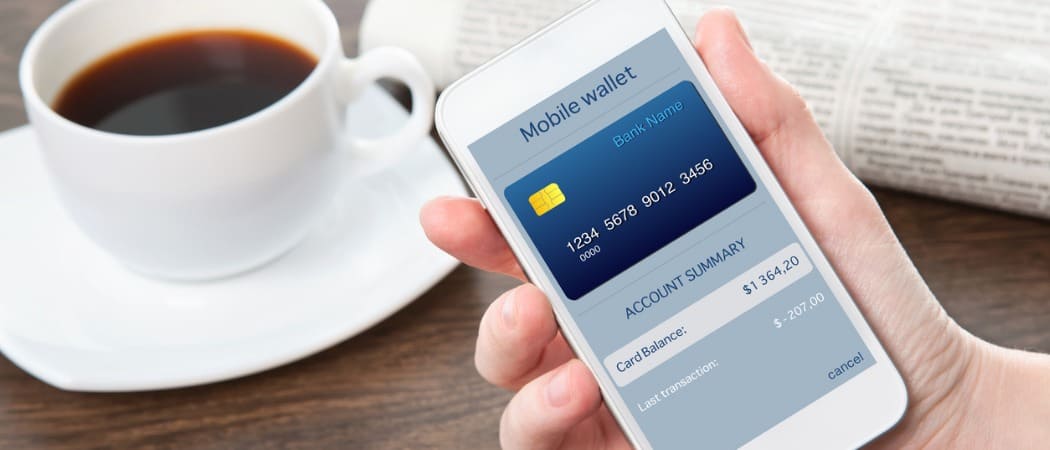Hi, Venmo
Venmo launched in 2009 and was founded by Andrew Kortina and Iqram Magdon-Ismail, who met after being randomly selected as freshman roommates at the University of Pennsylvania. Venmo was initially designed so people could send a text to their favorite band to get music in their email. The company soon expanded to let users send and receive payments via text message. Soon, it became a tool for individuals with smartphones to split bills for events like movies, dinner, rent, tickets, and more. Today, the service is used for all sorts of money transfers, including Uber rides, freelance payments, birthday gifts, and much more. And because Venmo doesn’t charge a fee for most transactions, it’s a great way to transfer funds for other reasons as well. In 2013, PayPal purchased Venmo, which expanded its reach, although it’s still exclusive to those physically located in the United States who have a U.S. mobile number and bank account.
It’s Time for a Social
Where’s the Privacy?
I can’t imagine a reason why I need to know when John Smith sends a payment to Jane Smith. Equally, how do I benefit from knowing each time my best friend sends money to his teenage son? Luckily, you can change the Venmo privacy level for your account. Sadly, the default setting is to allow anyone to see your Venmo transactions. The three available privacy settings are:
Different Feeds
There are three news feeds in Venmo, worldwide, friends-only, and personal. The first and second feeds are similar in that you can react to transactions from others using a “like” or comment, just as you can on regular social networking services. Communicating in Venmo isn’t limited to text. You can also use emoji, Snapchat’s Bitmoji, and Holler stickers. The worldwide Venmo feed is a running list of transactions happening across service. The friends-only feed only includes purchases made by your friends. The personal feed consists of a history of your Venmo transactions, starting with the most recent. When you tap on another user, whether through the worldwide or friends-only feed, you can learn more information about them. This information includes their full name, Venmo handle, and list of Venmo friends. On the user profile, you can also see their transaction, again not the payment amount, or make a friend request. Naturally, you can also request or send money to the person.
Public, transactions (less the amount) are visible to everyone (default setting)Friends, transactions visible to sender, recipient, and their Venmo friendsPrivate, transactions are only visible to the sender and recipient.
These settings, when changed, only affect future Venmo transactions, although you can make a similar (but separate) change to previous transactions.
Changing Your Privacy Settings
To adjust the privacy settings in the Venmo app: Your privacy settings only affect whether others see your transactions; they don’t change what you can see about others. If two users involved in a single transaction have different privacy settings, Venmo applies the more restrictive level. Additionally, users can override their overall privacy settings for any individual purchase.
Other Privacy Settings
You can block other Venmo users at any time using the app. When you block someone, they can’t access your account anymore or send/request money. To better protect your Venmo account, you can add a passcode or Touch ID/Face ID, when applicable.
Is Venmo For You?
I’ve never been one to place individuals into different groups based on age, sex, or background. In Venmo’s case, I do believe age largely determines whether someone uses the service’s social interaction tools. As a member of Generation X, I find these tools part of overshare culture and unnecessary. However, some of my younger friends find the tools exciting and use them often to communicate with others. Thankfully, there’s room for everyone since the social tools aren’t required. Coupled with the privacy options and suddenly Venmo becomes a good choice for young and old alike. Sign up for a free account today.
![]()


